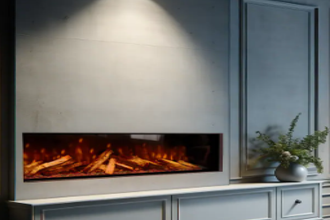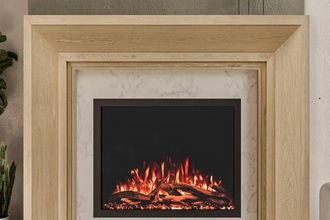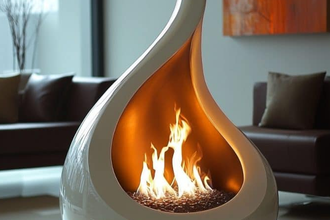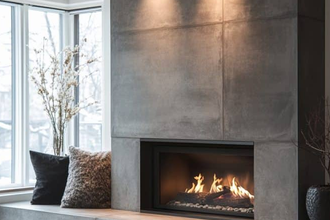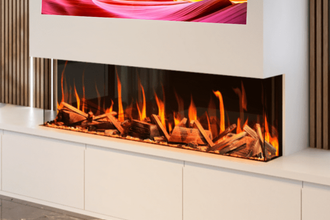
Understanding the Running Costs of Your Electric Fireplace
With energy costs on the rise, it's natural to be concerned about the impact of any heating appliance on your electricity bill. If you're considering an electric fireplace, understanding its operating costs is crucial. Here's a breakdown to help you estimate:
Key Factors Affecting Running Costs:
- Wattage: This is the most important factor. Electric fireplaces are rated in watts (W), typically ranging from 1,000 to 1,500 watts for standard models. Higher wattage means more heat output but also higher electricity consumption.
- Usage Time: How long you run the fireplace each day directly affects your energy usage.
- Electricity Rate: Your local electricity rate, measured in cents per kilowatt-hour (kWh), determines the actual cost.
Calculating Operating Costs:
Here's a simple formula:
(Wattage / 1000) x Hours of Use x Electricity Rate = Cost per Day
Example:
Let's say you have a 1,500-watt electric fireplace, you use it for 4 hours a day, and your electricity rate is $0.15 per kWh (15 cents).
(1500 / 1000) x 4 x $0.15 = $0.90 per day
In this scenario, it would cost you $0.90 per day to run the fireplace.
Tips for Minimizing Running Costs:
- Use the Thermostat: Most electric fireplaces have adjustable thermostats. Set it to a comfortable temperature and let the fireplace cycle on and off to maintain that temperature, rather than running continuously.
- Zone Heating: Use your electric fireplace to heat only the room you're occupying, rather than heating your entire home. This can significantly reduce overall heating costs.
- Lower the Heat Setting: If your fireplace has multiple heat settings, use the lower setting when possible. This will reduce energy consumption.
- Flame Effect Only: Many electric fireplaces allow you to operate the flame effect without the heat. This provides ambiance without using much electricity at all. The flame effect usually uses very little energy, similar to a few light bulbs.
- Consider Infrared Models: Infrared models are often more energy-efficient for heating smaller spaces, as they directly heat objects and people rather than heating the air.
Comparing to Other Heating Options:
While the cost of running an electric fireplace depends on the factors mentioned above, it's generally considered a cost-effective supplemental heating option, especially when used for zone heating. It's more efficient than traditional wood-burning fireplaces, which lose a significant amount of heat through the chimney.
In Conclusion:
By understanding the factors that affect operating costs and using the tips provided, you can effectively manage the energy usage of your electric fireplace and enjoy its warmth and ambiance without excessive energy bills. Remember to check your local electricity rates for the most accurate cost estimations.



